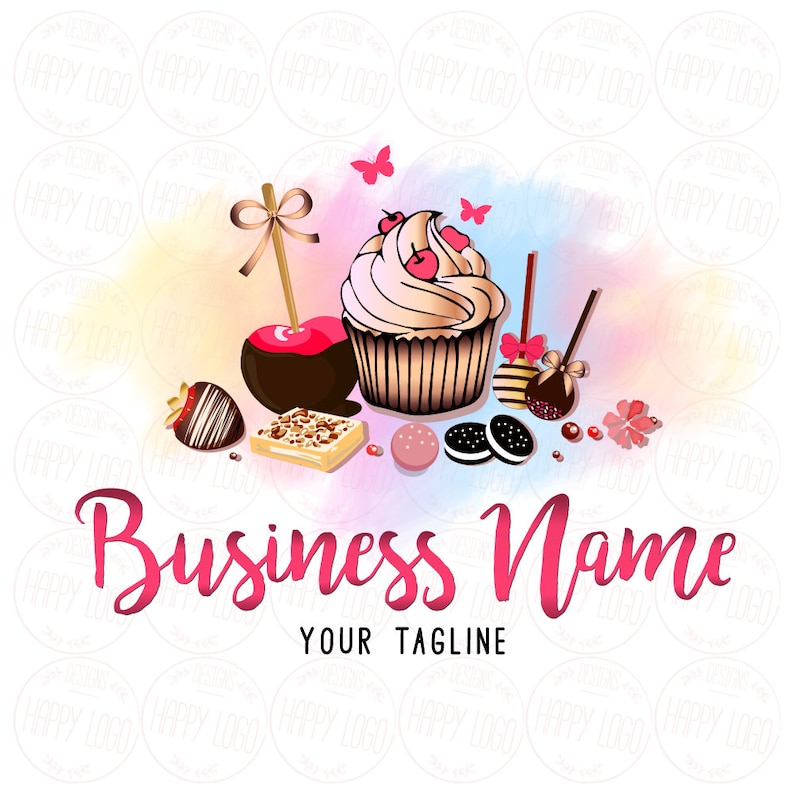
- #Apple mainstage avoid pops and clicks manuals
- #Apple mainstage avoid pops and clicks portable
- #Apple mainstage avoid pops and clicks pro
- #Apple mainstage avoid pops and clicks software
- #Apple mainstage avoid pops and clicks mac
Maybe my experience will save you some frustration.

That's very freeing, especially for practice. This worked well, and the iPad was able to power the keyboards for hours. But smaller keyboards can be powered over the USB interface, using the iPad’s own battery. Larger keyboards used mains power (or their own batteries) as normal. Every keyboard I tried-from Yamaha digital grands to a Roland Lucina to a tiny M-Audio Keystation Mini-just worked. Once you have one, you can connect your keyboard using a standard USB cable. IPads have neither USB nor MIDI inputs, so to get hooked up, the first thing you'll need is a fairly inexpensive Lightning to USB adaptor (or Camera Connection Kit if you have an older iPad with a 30-pin connector).

#Apple mainstage avoid pops and clicks portable
Not a good first impression! You'll want to use a decent "real" MIDI controller keyboard-either a weighted 88 note monster, or something more portable but with playable keys. Most people's first taste of playing keys on an iPad is using an on-screen virtual keyboard. What I love about MainStage (and virtual instruments in general) is that you can plug your favourite keyboard into your computer, and have access to a wealth of sounds and effects. Are you on a similar journey? I'd love to hear about it in the comments! iPads Work Well with a Wide Range of Keyboards This article is a discussion I'm having with myself to find the best way to change that.
#Apple mainstage avoid pops and clicks pro
Could your smaller, cheaper iPad stand in for the job? I've given it a go, and the answer is "maybe"!ĭisclaimer: Though I have MainStage and iPad live keyboard rigs, and use both regularly when playing at home, I currently tend to rely on the sounds of pro keyboards like Roland RD pianos and synths when playing live. But it means you have to take your precious MacBook Pro on the road.
#Apple mainstage avoid pops and clicks mac
MainStage is an awesome Mac app that makes Logic Pro's plugins available in an interface optimised for live playing. Now when you hit the (blue?) button the metronome will start and the (red?) button will light up on the one count.You play keys at live gigs? Chances are you use MainStage, or have thought about it. Select "Beat Count" in the adjacent menu. In the "Screen Control Editor" "Unmapped" tab select "Actions" I like to color the first one red and the second blue. Size them how you like, I also prefer them to be horizontally side by side. That's not necessary, just the way I prefer, and learn best. I actually go in first and delete everything. I start from a completely empty "Concert Template." My neighbors have gotten great at dodging flying computers, it's getting expensive! When I start cussing you know there's work getting done! After some studying Apple must have removed the access to the klopfgeist (the knocking ghost) because it was essentially useless in Mainstage, like the other options are any better!? All I needed was the one count so here's my work around. I hate that I'm the type of person that won't rest until he figures something out. I expect to be paid for my BETA testing Apple!
#Apple mainstage avoid pops and clicks manuals
Am I missing something? These manuals suck! Someone please help me before I go insane!!!! ?Īt this point it's nothing I'd want or trust enough to have onstage with me.

BUT ALL THE METRONOME CLICKS ARE EXACTLY THE SAME! BUT IT DOESN'T! The preroll count starts on the next one beat. Even if the metronome started and stopped when you hit the record button, that would work. Using the Loopback function, try and select a four count preroll, start the metronome, hit record and good luck figuring where to come in. Musicians didn't make this program did they? It was only made to frustrate them! Project Settings are never highlighted or available? Is that where the answer is?
#Apple mainstage avoid pops and clicks software
WHY THE CAN"T I ADD A Klopfgeist? It's not available in the software instruments? & in trying to figure out these issues I've found that the File>Project>Project Settings. OR AT LEAST A TONE DIFFERENCE TO MARK THE ONE BEAT!

RED, GREEN, GREEN, GREEN, RED, GREEN, GREEN, GREEN, RED. WHY IS THERE NOT A VISUAL METRONOME AVAILABLE? I get a straight click only with the same tone for all beats. Why is there no metronome options for the Loopcrap feature? I just want to use the loopback function and have it function.


 0 kommentar(er)
0 kommentar(er)
